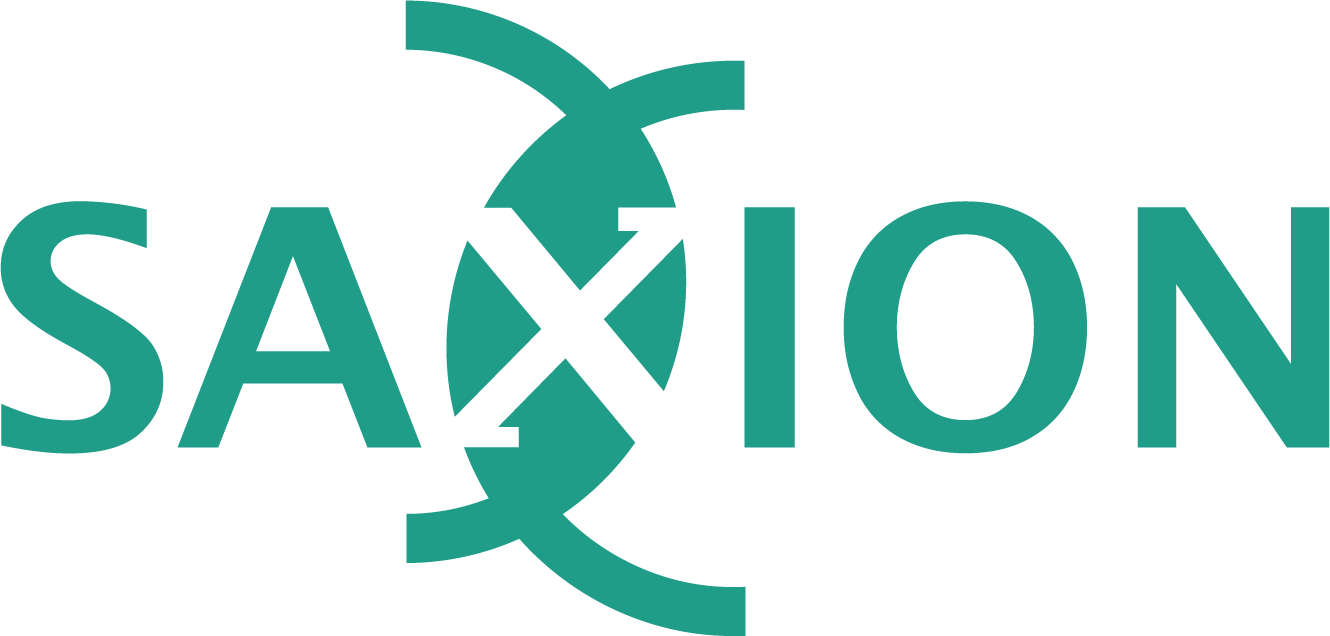Creating digital learning material, sharing it freely and (re)using other freely available learning material: that’s when you get to the heart of what OER is all about.
Open Educational Resources (OER) are educational resources that are freely available online for use or reuse. OER are usually, but certainly not exclusively, published under Creative Commons licences. Depending on the Creative Commons license, resources may be used, copied, edited, and distributed. OER often take the form of OpenCourseWare and Open Textbooks. In the case of OpenCourseWare, educational resources that are used in a course are made available for everyone to use. MIT and Delft University of Technology, for example, share their course materials with the world. Open Textbooks on the other hand, are digital, open accessible textbooks in which often interactive elements included.
OER can be searched and found online. OASIS, for example, is a good example of a search engine for OER.
Massive Open Online Courses (MOOCs) are large-scale free online courses in which subject matter is offered via online lectures, videos, articles, self- or peer assessment, and discussion forums. At the end of the MOOC, you can often take an exam, for a fee, with which you can obtain an official certificate. While access to MOOCs is open to all, the content of the course often is not. If you want to use the content outside the MOOC platform, make sure to check the course for a Creative Commons license.
You can search and find MOOCs online. EdX and Coursera are the most well-known MOOC platforms on which a diverse range of courses are offered by both international as national higher education institutions.
For more information, see SURF’s Introduction to Open Educational Resources.
